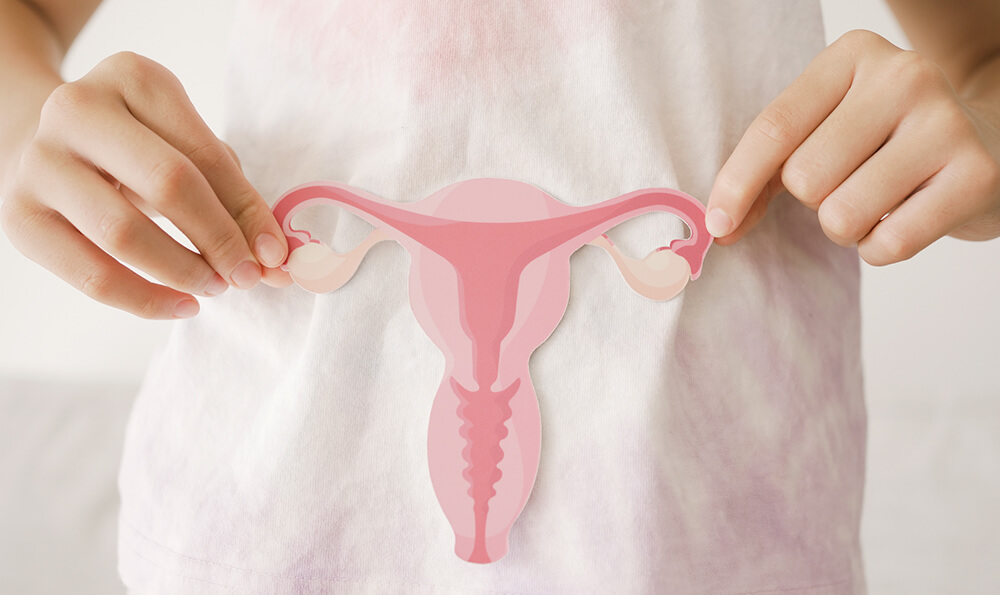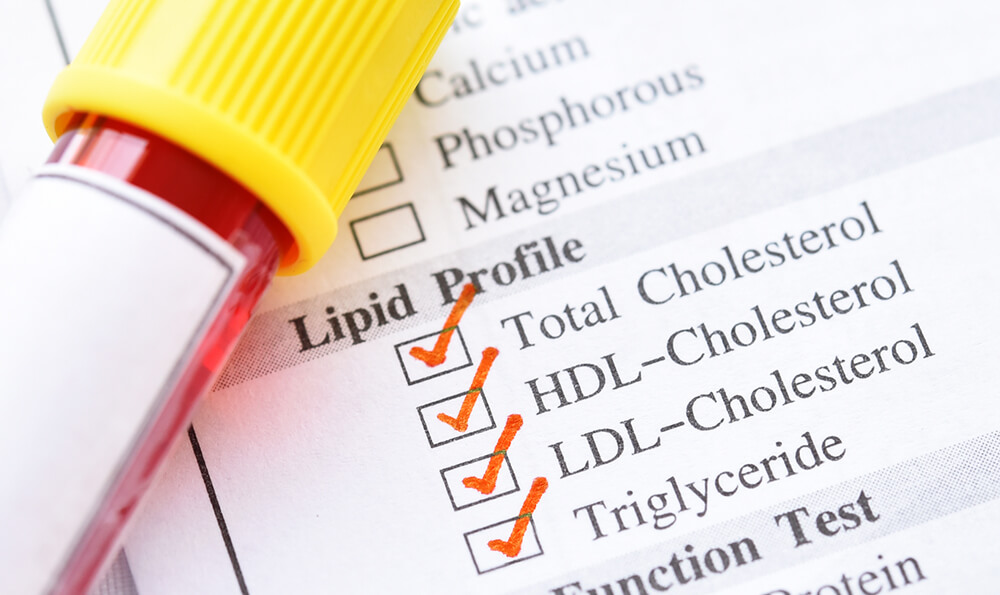Health & Wellness

Welcome to the Memorial Miracle Life Center. We are pleased you have chosen us to care for you, your new baby, and your family.
When you and your healthcare provider make the decision to proceed with an induction, the provider will call the Obstetrics Department at Memorial Hospital to get an assigned time. Please keep in mind, on occasion, if Obstetrics is extremely busy, your procedure may be delayed. We will do everything possible to accommodate you, but we must accommodate those patients who are already in active labor or who have emergent situations.
If you have further questions, please discuss them with your healthcare provider. We appreciate your choice of Memorial Hospital, and we want to help you welcome your new baby into the world. We are committed to providing you with a memorable birth experience.
Helpful Hints
You may want to eat light during the meal prior to your induction.
The Miracle Life Center is located at Entrance B. You may park in any of the visitor parking lots at the hospital. Once you have entered the hospital, proceed to the Labor & Delivery hallway.
 Entrance B is open during the hours of 6:00am – 9:00pm. Outside of these hours, patients and visitors would need to enter through the Emergency Department (ER Entrance).
Entrance B is open during the hours of 6:00am – 9:00pm. Outside of these hours, patients and visitors would need to enter through the Emergency Department (ER Entrance).- VISITATION POLICY for the Memorial Miracle Life Center:
- For triage/labor/delivery/recovery: Each patient may have 2 visitors in the room. These visitors are to remain the same 2 visitors throughout the delivery/recovery experience.
- For postpartum/after delivery: Each patient may have no more than 4 adult visitors at a time:
- Siblings of the newborn may visit if accompanied by a non-patient adult. Siblings DO NOT count towards the total.
- Other visitors under the age of 18 are not permitted.
- Help us fight germs for our new miracles! Prior to handling the baby, please wash your hands and forearms with soap or use hand sanitizer, as provided in the patient’s room.
- If you are planning to breastfeed and you have purchased a breast pump, please bring your pump with you to the hospital.
To check bed availability, it is important that you call (937) 578-2329 or (800) 686-4677 ext. 2329 PRIOR to leaving home for the hospital. If your scheduled induction is going to be delayed, we will advise you when to arrive, thus reducing your waiting time at the hospital. If no delay is anticipated, we will advise you to arrive at your scheduled time.
Common Questions
Why is labor induction performed?
Labor induction is done for a variety of reasons. Labor may be induced if the health and safety of the mother or baby is at risk. The following are some conditions that may prompt your healthcare provider to schedule an induction for you:
- Post-dates (more than 42 weeks gestation)
- High blood pressure caused by pregnancy
- Diabetes
- Poor or slow growth of the baby
- Oliogohydramnios (decreased amniotic fluid)
What is labor induction?
Labor induction is the process of stimulating the uterus to contract, causing the cervix to open (dilate) and thin out (efface). There are a number of different methods that can be used for starting labor:
OXYTOCIN
Oxytocin is a medication used to induce labor. It is a man-made hormone that is very similar to the natural hormone in our bodies that causes spontaneous labor. When oxytocin is used to induce labor or make contractions stronger, it is administered through an IV. An infusion pump carefully controls the flow of the solution.
CERVICAL RIPENING
If your cervix is not ready for labor, steps can be taken to make it more favorable to the induction process. Certain medications or devices may be used to soften and dilate your cervix.
Prostaglandin Agents: A type of medicine that can be used to induce labor or ripen the cervix. This synthetic form of prostaglandin is similar to the chemical produced naturally in the body. It is inserted into the vagina by the physician or nurse – in the form of a gel, an insert, or a tablet.
Foley Catheter: A device that can be used to mechanically ripen the cervix. This soft rubber tube has a water-filled balloon at one end, which is placed against the cervix. The resting of the balloon on the cervix stimulates a chemical release of natural prostaglandins, causing the cervix to soften and gently dilate.



